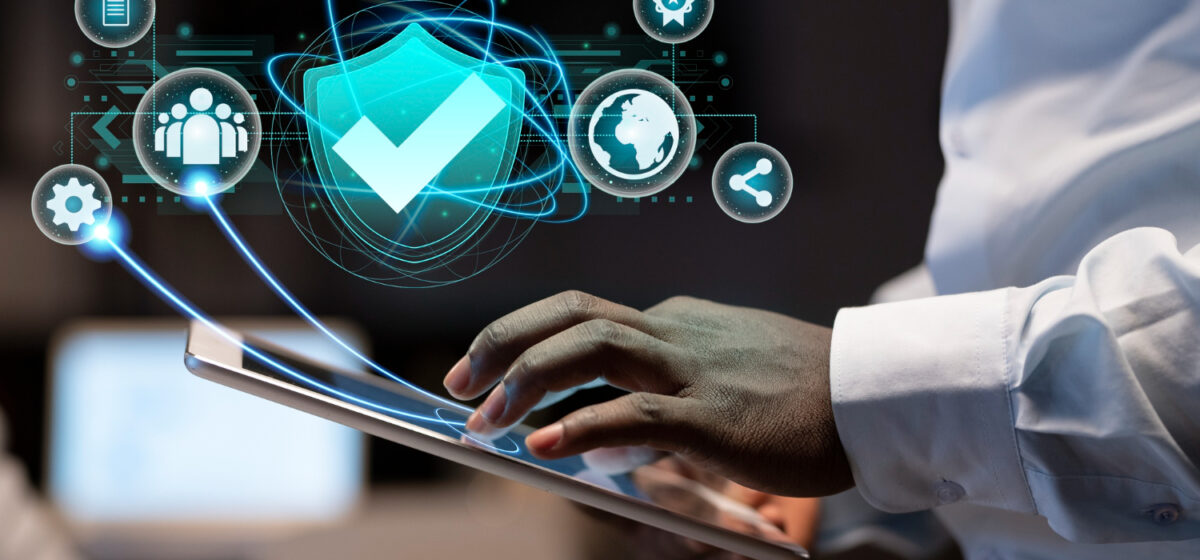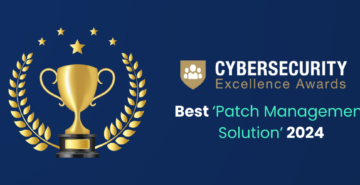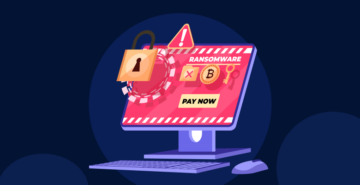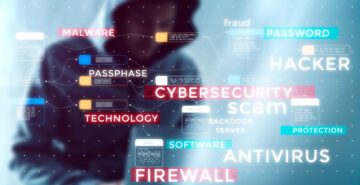In the fast-paced digital world we inhabit, where data is the lifeblood of business and personal lives alike, cybersecurity has emerged as a paramount concern. Cyber threats evolve relentlessly, demanding continuous vigilance.
As we observe Cybersecurity Awareness Month (CAM), it’s crucial to explore what cybersecurity is, why it matters, the common challenges we face, and the best practices that can help safeguard our digital assets.
Let’s dive in.
What is Cyber Security?
Cybersecurity is the practice implemented to safeguard computer systems, networks, and digital data from theft, harm, or unauthorized access. It encompasses a wide range of technologies, processes, and practices designed to safeguard data and systems against cyber threats.
The goal of cybersecurity is to ensure the confidentiality, integrity, and availability of digital assets, including sensitive information, by preventing or mitigating cyberattacks and unauthorized access.
Enterprise Cyber Security
What is Enterprise Cyber Security? Enterprise cybersecurity encompasses protecting not just a company’s own data but also that of its customers, partners, and employees. Enterprises have extensive networks, complex IT systems, and are attractive targets for cybercriminals due to their broad attack surface. As a result, they employ measures like strong firewalls, intrusion detection systems, SIEM solutions, and dedicated security teams to fortify their defenses.
Also Read – Enterprise Security: Why SMB Solutions Don’t Cut It
Personal Cyber Security
What is Personal Cyber Security? Cybersecurity for regular individuals, often referred to as personal cybersecurity, is more focused on protecting personal data, devices, and online activities. This includes securing personal information, such as banking details and social media accounts, as well as ensuring the safety of devices like smartphones, laptops, and tablets.
The Importance of Cybersecurity
In an age where cyber threats are constantly evolving, the importance of cybersecurity cannot be overstated. Cyberattacks can result in data breaches, financial losses, reputational damage, and even legal consequences. CAM reminds us that a proactive approach to cybersecurity is essential for the well-being of organizations and individuals alike.
Common Challenges in Cybersecurity
In both enterprise and personal cybersecurity, the challenges underscore the need for continuous education, proactive measures, and a commitment to staying informed about evolving threats and best practices. Common Challenges in Cyber Security include:
Common Challenges in Enterprise Cybersecurity:
- Evolving Threat Landscape: Enterprises face the constant challenge of keeping up with the rapidly evolving nature of cyber threats. New attack vectors and sophisticated tactics require continuous adaptation of security measures.
- Insider Threats: While employees are an organization’s greatest asset, they can also pose security risks. Accidental or intentional actions by employees can lead to security breaches, emphasizing the need for robust access controls and employee training.
- Complex Infrastructure: Enterprises often operate complex and interconnected IT systems, making it challenging to maintain a comprehensive view of security across the entire infrastructure. This complexity can create vulnerabilities if not managed effectively.
- Usability vs. Security: Striking the right balance between security and usability is a constant challenge for enterprises. Overly restrictive security measures can hinder productivity, while lax security can expose vulnerabilities.
Common Challenges in Personal Cybersecurity:
- Limited Awareness: Many individuals lack awareness of potential cyber threats and best practices for personal cybersecurity. This can make them more susceptible to scams and phishing attempts.
- Weak Passwords: Individuals often use weak or easily guessable passwords for their online accounts, which can be exploited by attackers. Creating and managing strong passwords is a common challenge.
- Software Updates: Personal devices and software require regular updates to patch vulnerabilities. However, keeping everything up to date can be challenging, as it often requires manual intervention.
- Phishing Attacks: Recognizing phishing attempts and avoiding falling victim to them can be a challenge for individuals. Cybercriminals continuously refine their tactics to appear more convincing.
- Balancing Convenience and Security: Similar to enterprises, individuals must strike a balance between convenience and security. Complex security measures can be frustrating, leading some to opt for less secure but more convenient options.
Cybersecurity Best Practices for Enterprises:
- Implement Comprehensive Security Solutions: Enterprises should invest in advanced cybersecurity solutions like JetPatch to protect their large and complex networks. Automated Patch Management, Vulnerability Management, and Endpoint Protection are essential components of a robust security infrastructure.
- Employee Training and Awareness: Conduct regular cybersecurity training sessions for employees to educate them about the latest threats and best practices. Encourage a culture of security within the organization. Explore JetPatch’s Training Programs.
- Regular Updates and Patch Management: Keep all software and systems up to date with the latest security patches. Automated patch management tools can streamline this process, reducing vulnerabilities.
- Network Segmentation: Segment the network to limit access to sensitive data and systems. This helps contain breaches and prevents lateral movement by attackers.
- Incident Response Plan: Develop a well-defined incident response plan to react swiftly to security incidents. Regularly test and update the plan to ensure its effectiveness. Learn More About JetPatch’s Incident Response Solutions.
- Continuous Monitoring: Employ security information and event management (SIEM) solutions to monitor network activity in real-time, allowing early detection of suspicious behavior. JetPatch offers SIEM Integration to enhance monitoring capabilities.
Cybersecurity Best Practices for Individuals:
- Use Strong Passwords: Create unique and complex passwords for online accounts. Consider using a password manager to help generate and store them securely.
- Enable Multi-Factor Authentication (MFA): Whenever possible, enable MFA for your online accounts. It provides an additional layer of security by requiring two or more forms of authentication.
- Keep Software Updated: Regularly update your operating system, applications, and antivirus software to protect against known vulnerabilities.
- Back Up Data: Regularly backup important data to an external drive or a cloud-based service. This ensures you can recover your data in case of ransomware or other attacks.
- Use Secure Wi-Fi: Be cautious when connecting to public Wi-Fi networks. Avoid accessing sensitive information when using unsecured connections.
- Beware of Phishing: Be skeptical of unsolicited requests for personal or financial information. Verify the authenticity of requests before sharing sensitive data.
By following these best practices, enterprises can fortify their cybersecurity posture with tools like JetPatch, while individuals can enhance their personal online security, reducing the risk of falling victim to cyber threats.
JetPatch’s Role in Cyber Security
JetPatch plays a significant role in enhancing cybersecurity through automated patch management to keep systems up-to-date and vulnerability management to proactively identify and remediate threats.
The Path Forward:
As we observe Cybersecurity Awareness Month, let’s recognize that cybersecurity is an ongoing journey. It involves understanding its importance, addressing common challenges, and adopting best practices to ensure a more secure digital future. This path forward necessitates collective effort, innovation, and a commitment to outsmarting cyber adversaries.
Explore JetPatch resources for additional valuable insights to fortify your cybersecurity posture.



